Home>Interior Design>How I Encourage My Design Clients To Make Sustainable Choices


Interior Design
How I Encourage My Design Clients To Make Sustainable Choices
Modified: October 20, 2024
Learn how to promote sustainability in interior design with practical tips and advice. Encouraging my clients to make eco-friendly choices for a greener future.
(Many of the links in this article redirect to a specific reviewed product. Your purchase of these products through affiliate links helps to generate commission for Storables.com, at no extra cost. Learn more)
Introduction
Welcome to the world of sustainable design! As an interior designer, I firmly believe in the power of design to create beautiful and functional spaces while also being environmentally responsible.
In today’s world, where climate change and resource depletion are major concerns, it is crucial for designers and clients alike to embrace sustainable practices. Sustainable design is not just a trend; it is a mindset that seeks to minimize the negative impact on the environment and promote the well-being of future generations.
In this article, I will share with you how I encourage my design clients to make sustainable choices and why it is essential for us to prioritize environmentally conscious design solutions.
Sustainable design encompasses various aspects, including the materials we choose, the energy we use, and the life cycle of the products we incorporate into our designs. By adopting sustainable practices, we can significantly reduce our carbon footprint and contribute to a healthier planet.
Throughout my career, I have seen the incredible impact design choices can have on the environment. From the extraction of raw materials to the manufacturing process, every design decision can either contribute to further destruction or help preserve our natural resources.
By working together with my clients, I aim to educate, inspire, and guide them towards making sustainable choices that align with their design aspirations and values.
In the following sections, I will delve deeper into the importance of sustainable design, explain its impact on the environment, highlight the benefits for clients, provide examples of sustainable design options, and share practical strategies for incorporating sustainability into design projects.
So let’s embark on this journey towards sustainable design, where beauty and sustainability go hand in hand!
Key Takeaways:
- Embracing sustainable design in interior projects not only creates beautiful spaces but also minimizes environmental impact, promotes well-being, and enhances property value.
- Educating clients about sustainable materials, collaborating on design strategies, and prioritizing renewable energy are key to integrating sustainable practices into interior design projects.
Understanding the importance of sustainable design
In order to fully appreciate the significance of sustainable design, it is important to understand its broader impact on the environment and society.
Sustainable design is rooted in the idea of minimizing the negative environmental consequences of human actions. It recognizes that every decision we make as designers can have far-reaching implications on the planet and its resources.
One of the key aspects of sustainable design is resource efficiency. By using materials and products that are renewable, recycled, or have a minimal ecological footprint, we can reduce the demand for finite resources and decrease pollution associated with extraction, manufacturing, and disposal.
Another crucial element of sustainable design is energy efficiency. By integrating energy-efficient technologies and practices into our designs, we can reduce energy consumption and mitigate the carbon emissions that contribute to climate change. This includes incorporating natural lighting, utilizing energy-efficient appliances and fixtures, and implementing strategies to maximize passive heating and cooling.
Sustainable design also emphasizes the importance of minimizing waste generation. Through thoughtful planning and careful material selection, we can reduce construction waste and encourage recycling and reuse. By embracing circular design principles, we can create spaces that are adaptable and flexible, allowing for future modifications and reducing the need for demolition and reconstruction.
Beyond environmental considerations, sustainable design also addresses social and cultural factors. It takes into account the well-being and health of occupants by promoting indoor air quality, ergonomics, and accessibility. It also considers local and community dynamics, supporting local artisans, and engaging with the community in design decisions.
By embracing sustainable design, we can help create a healthier and more equitable future. We can contribute to the preservation of natural resources, reduce our ecological footprint, and promote social responsibility.
In the next section, we will explore the direct impact of design choices on the environment and how each decision can make a difference. By understanding the consequences of our actions, we can empower our clients to make informed and sustainable choices.
Explaining the impact of design choices on the environment
Design choices have a significant impact on the environment due to the resources consumed, waste generated, and energy utilized throughout the lifecycle of a project. Understanding these impacts can help us make informed decisions and minimize our ecological footprint.
One of the primary areas of concern is the selection of materials. Construction materials, such as wood, metals, concrete, and plastics, require the extraction of natural resources, which often involves habitat destruction and pollution. By opting for sustainable materials, such as reclaimed wood, recycled metals, and low-impact alternatives, we can reduce the demand for virgin resources and minimize the environmental harm.
In addition to material selection, the manufacturing process also plays a crucial role. Manufacturing releases greenhouse gases, pollutants, and waste into the environment. By sourcing products from manufacturers with environmentally friendly practices and certifications, we can minimize the negative impact on air and water quality.
The transportation of materials and products also contributes to environmental harm. High carbon emissions from fuel-intensive transportation add to pollution levels and global warming. Whenever possible, selecting local suppliers and manufacturers reduces the distance traveled and supports the local economy.
Energy consumption is another significant aspect of design choices. Buildings account for a significant portion of global energy consumption and greenhouse gas emissions. By implementing energy-efficient design principles, such as optimizing insulation, using energy-saving lighting fixtures, and incorporating renewable energy sources like solar panels, we can significantly reduce energy consumption and carbon emissions.
Water consumption is often overlooked but plays a crucial role in sustainable design. Water-intensive features like landscaping and improperly designed plumbing systems contribute to unnecessary water waste. By prioritizing low-flow fixtures, efficient irrigation systems, and water-recycling technologies, we can conserve water resources.
Lastly, waste generation is an essential consideration in sustainable design. Construction and demolition waste contribute to landfills and pollution. By implementing waste management strategies like recycling, reusing materials, and designing for adaptability, we can minimize waste and promote a circular economy.
By understanding the environmental impacts of our design choices, we can make informed decisions that minimize harm and contribute to a more sustainable future. In the next section, we will explore the benefits of sustainable design for clients, highlighting how it can enhance their well-being and create long-lasting value.
Highlighting the benefits of sustainable design for clients
Sustainable design offers clients a multitude of benefits that go beyond environmental considerations. By prioritizing sustainability in their projects, clients can enjoy a range of advantages that enhance their well-being, improve the value of their spaces, and contribute to a more sustainable future.
One key benefit of sustainable design is improved indoor air quality. Traditional building materials, furnishings, and finishes can release harmful volatile organic compounds (VOCs) into the air, which can lead to various health issues. By using low-emission materials, clients can create healthier indoor environments for themselves and their families by reducing their exposure to toxins.
Sustainable design also emphasizes natural lighting and good ventilation, which contribute to occupant comfort and well-being. Maximizing the use of natural light not only reduces the reliance on artificial lighting but also improves the mood and productivity of the occupants. Proper ventilation helps maintain a fresh and healthy indoor environment, preventing the buildup of pollutants and allergens.
Cost savings are another significant benefit of sustainable design. By adopting energy-efficient technologies and strategies, such as insulation, efficient appliances, and renewable energy systems, clients can reduce their energy consumption and utility bills. While the initial investment in sustainable features may be higher, the long-term savings outweigh the upfront costs.
Furthermore, sustainable design promotes durability and longevity. By selecting high-quality materials and timeless design elements, clients can create spaces that stand the test of time, reducing the need for frequent renovations and replacements. This not only saves money but also reduces waste and environmental impact.
Sustainable design also enhances the value of a property. In today’s market, environmentally conscious features and certifications, such as LEED (Leadership in Energy and Environmental Design) or WELL Building Standard, are highly sought after. A sustainable design can increase property value, attract potential buyers or tenants, and differentiate the space from competitors.
Lastly, by incorporating sustainable design principles, clients are able to align their values and lifestyle with their built environment. Sustainable design promotes a sense of responsibility towards the planet and future generations, allowing clients to feel good about their choices and contribute to a more sustainable world.
By highlighting these benefits to clients, we can instill a sense of motivation and excitement about incorporating sustainable design into their projects. In the next section, we will delve into specific examples of sustainable design options, providing inspiration and ideas for clients to implement in their own spaces.
Providing examples of sustainable design options
Sustainable design offers a wide range of options and possibilities for creating beautiful, functional, and environmentally friendly spaces. Here are some examples of sustainable design options to inspire clients:
- Use of recycled and reclaimed materials: Incorporating materials with a high-recycled content or utilizing reclaimed wood not only reduces the demand for new resources but also adds unique character and charm to the space.
- Energy-efficient lighting: Opt for LED or CFL lighting fixtures that consume less energy and have a longer lifespan compared to traditional incandescent bulbs. Incorporating dimmers and sensors further enhances energy efficiency.
- Water-saving fixtures: Install low-flow faucets, showerheads, and toilets to minimize water consumption without compromising comfort or functionality. Harvesting rainwater and utilizing graywater systems for irrigation is another sustainable option.
- Biophilic design: Incorporate elements of nature into the design, such as living green walls, indoor plants, and natural materials like wood and stone. Biophilic design improves indoor air quality, reduces stress, and enhances overall well-being.
- Smart home systems: Integrate smart technologies that help optimize energy usage such as programmable thermostats, motion sensors, and automated controls for lighting, heating, and cooling systems.
- Passive design strategies: Design spaces that take advantage of natural elements to minimize the need for artificial heating and cooling. This includes strategic placement of windows to optimize natural light and ventilation, use of shading devices, and proper insulation.
- Eco-friendly flooring: Choose flooring options made from sustainable materials such as bamboo, cork, or reclaimed wood. These options have a lower environmental impact compared to traditional hardwood or carpeting.
- Recycling and waste management: Incorporate recycling stations and storage areas for sorting and managing waste. Design spaces with a focus on reducing waste generation and promoting a circular economy through reuse and recycling.
- Green roofs and vertical gardens: Implement green roofs or vertical gardens to improve insulation, reduce heat island effect, and promote biodiversity. These features enhance the aesthetics of the space while providing habitat for birds and insects.
- Collaboration with local artisans: Engage with local artisans and craftsmen who utilize sustainable practices and materials. Supporting local talent not only boosts the local economy but also reduces the carbon footprint associated with transportation.
These examples are just a glimpse of the possibilities that sustainable design offers. By tailoring these options to suit individual preferences and project requirements, clients can create spaces that are both visually stunning and environmentally responsible.
In the next section, we will explore how I educate clients about sustainable materials and resources, empowering them to make well-informed decisions for their design projects.
Educating clients about sustainable materials and resources
When it comes to incorporating sustainable design into their projects, clients may not be familiar with the wide array of sustainable materials and resources available. It is crucial as an interior designer to educate and guide clients about these options, enabling them to make informed decisions that align with their sustainability goals. Here are some strategies I employ to educate clients about sustainable materials and resources:
- Providing comprehensive material samples: I gather a diverse range of sustainable material samples, such as recycled glass tiles, VOC-free paints, and eco-friendly textiles. By providing tangible examples, clients can physically see and feel the sustainable options available to them.
- Explaining certifications and labels: There are numerous certifications and labels for sustainable materials, such as FSC (Forest Stewardship Council) for responsibly sourced wood or Cradle to Cradle certification for products designed with the circular economy in mind. I explain the significance of these certifications and guide clients in making choices that align with their sustainability values.
- Sharing case studies and success stories: I showcase previous projects where sustainable materials and resources were used effectively. By sharing real-life examples, clients can see the aesthetic appeal and the positive environmental impacts achieved through sustainable design choices.
- Presenting the life cycle analysis: I explain the concept of life cycle analysis, which evaluates the environmental impact of a product from raw material extraction to disposal. By considering the entire life cycle, clients can make choices that minimize resource consumption and waste generation.
- Organizing site visits and demonstrations: In collaboration with suppliers and manufacturers, I arrange site visits and demonstrations to showcase sustainable materials and resources in action. This firsthand experience allows clients to witness the quality, durability, and aesthetic appeal of sustainable options.
- Sharing online resources and sustainability databases: I provide clients with curated lists of online resources, sustainability databases, and directories. These platforms offer a wealth of information on sustainable materials, suppliers, and manufacturers, enabling clients to conduct their own research and make informed choices.
- Collaborating with sustainable suppliers: I build partnerships with suppliers and manufacturers who specialize in sustainable materials. These collaborations allow me to tap into their expertise and access a wide range of sustainable options for my clients.
- Hosting workshops and seminars: I organize workshops and seminars to educate clients about sustainable design practices. These interactive sessions offer a platform for discussion, idea sharing, and hands-on exploration of sustainable materials, fostering a deeper understanding among clients.
By employing these strategies, I empower clients with the knowledge and resources they need to make sustainable choices for their projects. Education is key in encouraging clients to prioritize sustainability and make a positive impact on the environment through their design decisions.
In the next section, we will explore how I collaborate with clients to develop sustainable design strategies tailored to their specific needs and aspirations.
When encouraging design clients to make sustainable choices, emphasize the long-term cost savings of energy-efficient materials and the positive impact on the environment.
Collaborating with clients to develop sustainable design strategies
To ensure successful integration of sustainable design principles, it is essential to collaborate closely with clients throughout the design process. By taking a collaborative approach, we can develop tailored sustainable design strategies that align with the client’s specific needs, aspirations, and budget. Here’s how I collaborate with clients to develop sustainable design strategies:
- Initial sustainability assessment: We begin by discussing the client’s sustainability goals, values, and priorities. This helps me understand their motivations and allows us to establish a shared vision for the project.
- Identifying project-specific sustainability challenges: Every project has unique challenges and opportunities. By conducting a thorough assessment of the project, including the site, existing conditions, and client requirements, we identify potential sustainability challenges and ways to overcome them.
- Brainstorming sustainable design strategies: I conduct collaborative brainstorming sessions with the client to explore different sustainable design strategies. We discuss options such as energy-efficient systems, water-saving features, sustainable materials, and innovative technologies. This process helps us generate ideas and possibilities.
- Weighing the pros and cons: Together with the client, we evaluate the feasibility, cost, and potential benefits of each sustainable design strategy. By weighing the pros and cons, we make informed decisions that balance sustainability goals with practical considerations.
- Integrating sustainable strategies into the design concept: Once the sustainable design strategies are selected, I incorporate them into the overall design concept. This includes considering the placement of windows for natural lighting, incorporating green spaces for biophilic design, and specifying sustainable materials.
- Collaborating with contractors and suppliers: I work closely with contractors and suppliers to ensure that the sustainable design strategies are effectively implemented. This collaboration includes detailed discussions, specifications, and inspections to ensure the use of sustainable materials and adherence to sustainable practices during construction and installation.
- Continuous communication and feedback: Regular communication and feedback with the client are vital throughout the design process. This ensures that their sustainability goals are met, and any adjustments or refinements can be made promptly.
- Monitoring and evaluation: After the project is completed, I encourage clients to monitor and evaluate the performance of the sustainable design strategies. This provides valuable feedback and allows us to make any necessary adjustments for future projects.
By collaborating closely with clients, we create a sense of shared ownership and responsibility in the pursuit of sustainable design. This collaborative approach ensures that sustainable design strategies are effectively integrated into the project and that the client’s aspirations are met.
In the next section, we will explore how I support clients in finding sustainable suppliers and manufacturers, promoting the use of ethical and environmentally conscious products.
Supporting clients in finding sustainable suppliers and manufacturers
When it comes to implementing sustainable design, it is important to choose suppliers and manufacturers who share the same commitment to sustainability. As an interior designer, I play a crucial role in guiding and supporting clients in finding sustainable options. Here’s how I support clients in finding sustainable suppliers and manufacturers:
- Research and vetting: I conduct thorough research to identify suppliers and manufacturers who prioritize sustainability in their practices. This involves investigating their environmental policies, certifications, and track record in sustainable production.
- Recommendations and referrals: Based on my research and professional network, I provide clients with a list of recommended sustainable suppliers and manufacturers. This saves them time and effort in finding reliable and environmentally conscious options.
- Supplier interviews: I conduct interviews with potential suppliers to understand their sustainability practices in more detail. This allows me to assess their commitment to sustainability, their transparency in the supply chain, and their social responsibility initiatives.
- Material samples and product testing: I obtain samples of sustainable materials and products from potential suppliers for clients to evaluate. This enables clients to see and experience the quality, aesthetics, and functionality of sustainable options firsthand before making a decision.
- Comparative analysis: I provide clients with a comparative analysis of different suppliers and manufacturers, assessing their sustainability practices, product range, pricing, and lead times. This helps clients make informed decisions that align with their budget and project timeline.
- Supplier visits: I arrange site visits to sustainable suppliers and manufacturers whenever possible. This allows clients to see their facilities and production processes, giving them confidence in their sustainability claims.
- Engaging with local and ethical suppliers: I prioritize sourcing from local suppliers who follow sustainable practices. By supporting local businesses, we reduce transportation-related carbon emissions and stimulate the local economy.
- Encouraging client involvement: I encourage clients to take an active role in the supplier selection process. This includes attending supplier meetings, asking questions about sustainability practices, and contributing to the decision-making process.
- Continued collaboration: Throughout the project, I maintain open communication with suppliers and clients to ensure that sustainable practices are being upheld. This includes regular check-ins, site visits, and quality inspections during installation.
- Sharing supplier resources: I provide clients with a comprehensive list of sustainable suppliers and manufacturers, empowering them to make sustainable choices for future projects.
By guiding clients towards sustainable suppliers and manufacturers, we ensure that the entire supply chain aligns with our sustainability goals. This collaborative effort enhances the overall sustainability of the project and reduces the environmental impact.
In the next section, we will explore how I encourage clients to prioritize longevity and durability in their designs, promoting sustainability through timeless design choices.
Encouraging clients to prioritize longevity and durability in their designs
One of the key principles of sustainable design is prioritizing longevity and durability. By selecting materials, furnishings, and finishes that can withstand the test of time, we reduce waste, minimize environmental impact, and create spaces that retain their aesthetic appeal for years to come. Here’s how I encourage clients to prioritize longevity and durability in their designs:
- Educating clients about the benefits: I explain to clients the advantages of selecting durable materials and products. This includes reduced maintenance, cost savings over the long run, and minimizing the need for frequent replacements or renovations.
- Integrating timeless design elements: I guide clients towards design choices that have a timeless aesthetic, ensuring that the space remains visually appealing even as trends change. This involves incorporating classic colors, clean lines, and versatile materials that can work well with different styles and decors.
- Selecting high-quality materials: I help clients understand the importance of choosing high-quality materials that are known for their durability. This includes hardwood flooring, solid wood furniture, and sturdy countertops. Investing in quality materials from reputable suppliers ensures that the design will withstand wear and tear for years to come.
- Considering maintenance requirements: I discuss with clients the maintenance needs of different materials and finishes. By selecting materials that are easy to clean and maintain, clients can ensure that their design sustains its beauty and functionality with minimal effort.
- Emphasizing adaptability and flexibility: I encourage clients to design spaces that are adaptable to future needs and changes. This involves considering the potential for reconfiguration, repurposing, or expanding the space as the client’s needs evolve over time. Designing with flexibility in mind saves resources and reduces the need for major renovations.
- Providing warranties and guarantees: I guide clients towards products and materials that come with warranties or guarantees, demonstrating their durability and reliability. This provides clients with peace of mind and reassurance that their investment in durable design elements is protected.
- Sharing case studies and success stories: I share examples of past projects where longevity and durability were prioritized. This helps clients visualize the positive impact of such choices and creates inspiration for their own design decisions.
- Highlighting the environmental impact: I educate clients about the environmental consequences of frequent replacements and disposals. By choosing durable materials, clients can reduce waste and contribute to a more sustainable future.
- Collaborating with contractors and suppliers: I work closely with contractors and suppliers to ensure that the chosen materials and products are installed correctly and in accordance with recommended practices. This maximizes their durability and longevity.
- Encouraging regular maintenance: Lastly, I advise clients on the importance of regular maintenance to preserve the durability of their design elements. Simple tasks such as regular cleaning, inspections, and minor repairs can extend the lifespan of materials and avoid potential damage.
By encouraging clients to prioritize longevity and durability in their designs, we not only create spaces that stand the test of time but also contribute to a more sustainable future. Through thoughtful material selection, timeless design choices, and ongoing maintenance, we can help clients create spaces that are not only visually appealing but also environmentally responsible.
In the next section, we will explore how I promote the use of renewable energy in design projects, incorporating sustainable energy sources into the built environment.
Promoting the use of renewable energy in design projects
The integration of renewable energy sources into design projects is a crucial step in promoting sustainability and reducing our reliance on fossil fuels. By harnessing the power of renewable energy, we can create spaces that are not only environmentally friendly but also energy-efficient. Here’s how I promote the use of renewable energy in design projects:
- Explaining the benefits of renewable energy: I educate clients about the advantages of using renewable energy sources, such as solar, wind, or geothermal. This includes lower energy costs, reduced reliance on fossil fuels, and the potential for energy independence.
- Site analysis for renewable energy potential: I conduct a thorough site analysis to assess the feasibility of incorporating renewable energy systems. This includes studying the solar exposure, wind patterns, and geothermal potential of the site to determine which renewable energy sources are most suitable.
- Collaborating with energy consultants: I partner with energy consultants or specialists to determine the most appropriate renewable energy system for the project. Their expertise ensures that the selected system is optimized for the specific site and design requirements.
- Integrating solar energy: I incorporate solar energy systems, such as photovoltaic (PV) panels or solar water heaters, into the design. This includes analyzing the building’s orientation, roof space, and electrical requirements to determine the optimal placement and sizing of the solar panels.
- Incorporating wind energy: If the site and design allow, I explore the possibility of integrating wind turbines to harness wind energy. This involves assessing the wind speed, local regulations, and feasibility of installing small-scale wind turbines.
- Utilizing geothermal energy: For suitable sites, I consider incorporating geothermal heat pumps to efficiently heat and cool the space. Geothermal systems tap into the stable temperature of the ground to provide energy-efficient heating and cooling.
- Designing for energy efficiency: Before implementing renewable energy systems, I prioritize energy efficiency in the design. This includes optimizing insulation, using energy-saving appliances and lighting fixtures, and implementing passive design strategies to minimize energy consumption.
- Calculating energy loads and requirements: I work closely with energy consultants to accurately calculate the energy loads and requirements of the space. This ensures that the renewable energy system is correctly sized to meet the building’s energy demand.
- Collaborating with suppliers: I collaborate with suppliers of renewable energy systems to ensure the selection of high-quality, reliable products. This includes evaluating the reputation and track record of the suppliers to ensure that clients receive top-notch equipment and installations.
- Maximizing energy production: I optimize the design to maximize the energy production potential of renewable energy systems. This may involve adjusting the building’s orientation, roof pitch, or layout to capture the maximum amount of solar or wind energy.
- Monitoring and evaluating energy performance: After the installation of renewable energy systems, I encourage clients to monitor and evaluate their performance. This includes tracking energy production, analyzing energy savings, and making any necessary adjustments or maintenance to optimize performance.
By promoting the use of renewable energy in design projects, we help clients reduce their carbon footprint and contribute to a more sustainable future. Through careful analysis, collaboration with experts, and thoughtful design, we can harness the power of renewable energy to create buildings that are both energy-efficient and environmentally responsible.
In the final section, we will conclude our journey towards sustainable design and reflect on the importance of incorporating sustainable practices into every aspect of our work.
Conclusion
In today’s world, sustainable design is more important than ever before. As interior designers, we have the power to create spaces that not only meet our clients’ needs and desires but also prioritize the well-being of the planet and future generations.
Throughout this article, we have explored the importance of sustainable design, the impact of design choices on the environment, and the benefits of incorporating sustainability into our projects. We have discussed the significance of educating clients about sustainable materials and resources, collaborating with them to develop sustainable design strategies, and promoting the use of renewable energy.
Sustainable design is a holistic approach that considers the entire lifecycle of a project – from material selection and manufacturing to construction, use, and maintenance. By selecting sustainable materials, reducing waste, conserving energy, and incorporating renewable resources, we can create spaces that are beautiful, functional, and environmentally responsible.
Moreover, sustainable design offers a range of benefits for clients. From improved indoor air quality and lower energy costs to increased property value and a sense of social responsibility, prioritizing sustainability enhances the overall well-being and satisfaction of clients.
As interior designers, it is our responsibility to educate, inspire, and guide clients towards making sustainable choices. By providing examples of sustainable design options, sharing case studies and success stories, and collaborating closely with clients, we can empower them to make informed decisions and contribute to a more sustainable future.
Let us continue to promote sustainability in every aspect of our work – from material selection and energy-efficiency to durability and adaptability. Together, we can create spaces that not only reflect our clients’ visions but also prioritize the health of our planet.
So let’s embrace sustainable design and embark on this journey, where beauty, functionality, and environmental responsibility come together in perfect harmony.
Frequently Asked Questions about How I Encourage My Design Clients To Make Sustainable Choices
Was this page helpful?
At Storables.com, we guarantee accurate and reliable information. Our content, validated by Expert Board Contributors, is crafted following stringent Editorial Policies. We're committed to providing you with well-researched, expert-backed insights for all your informational needs.
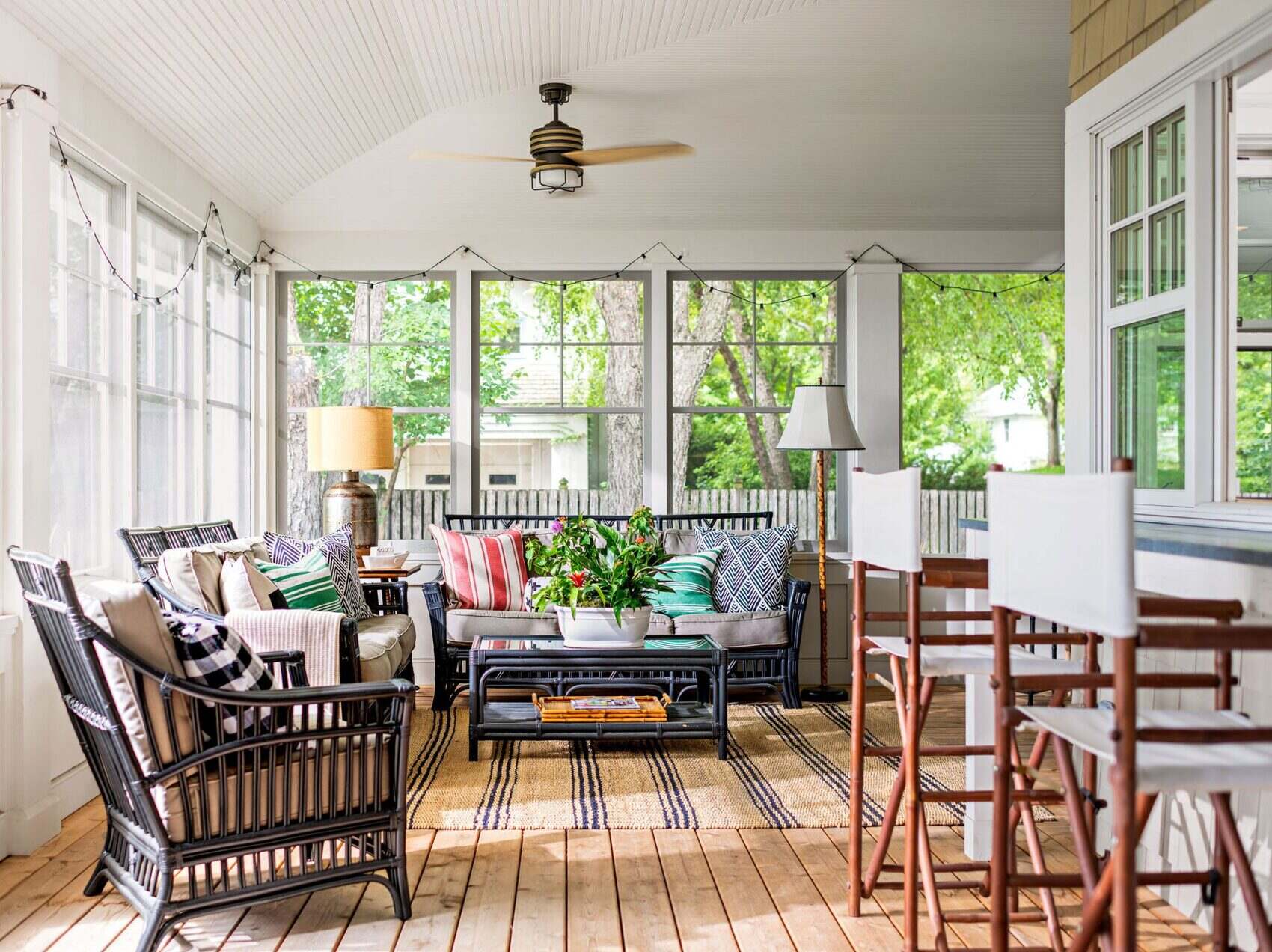
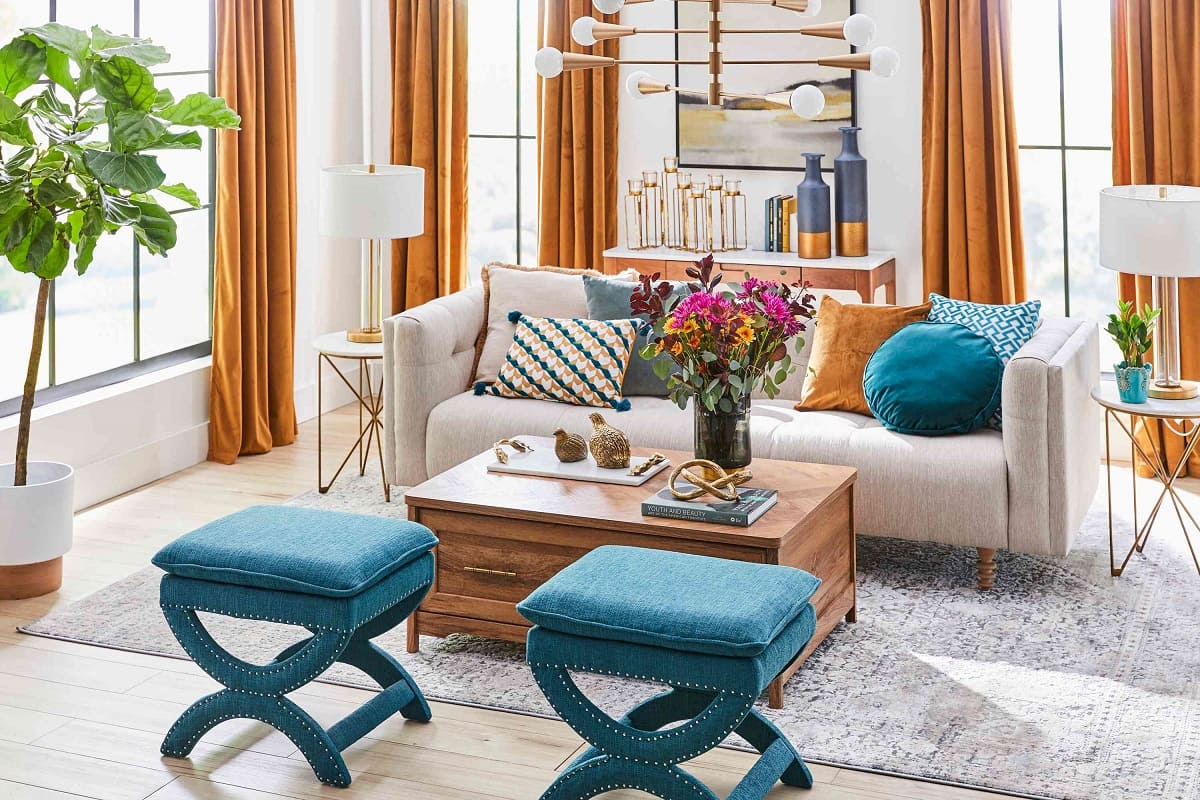
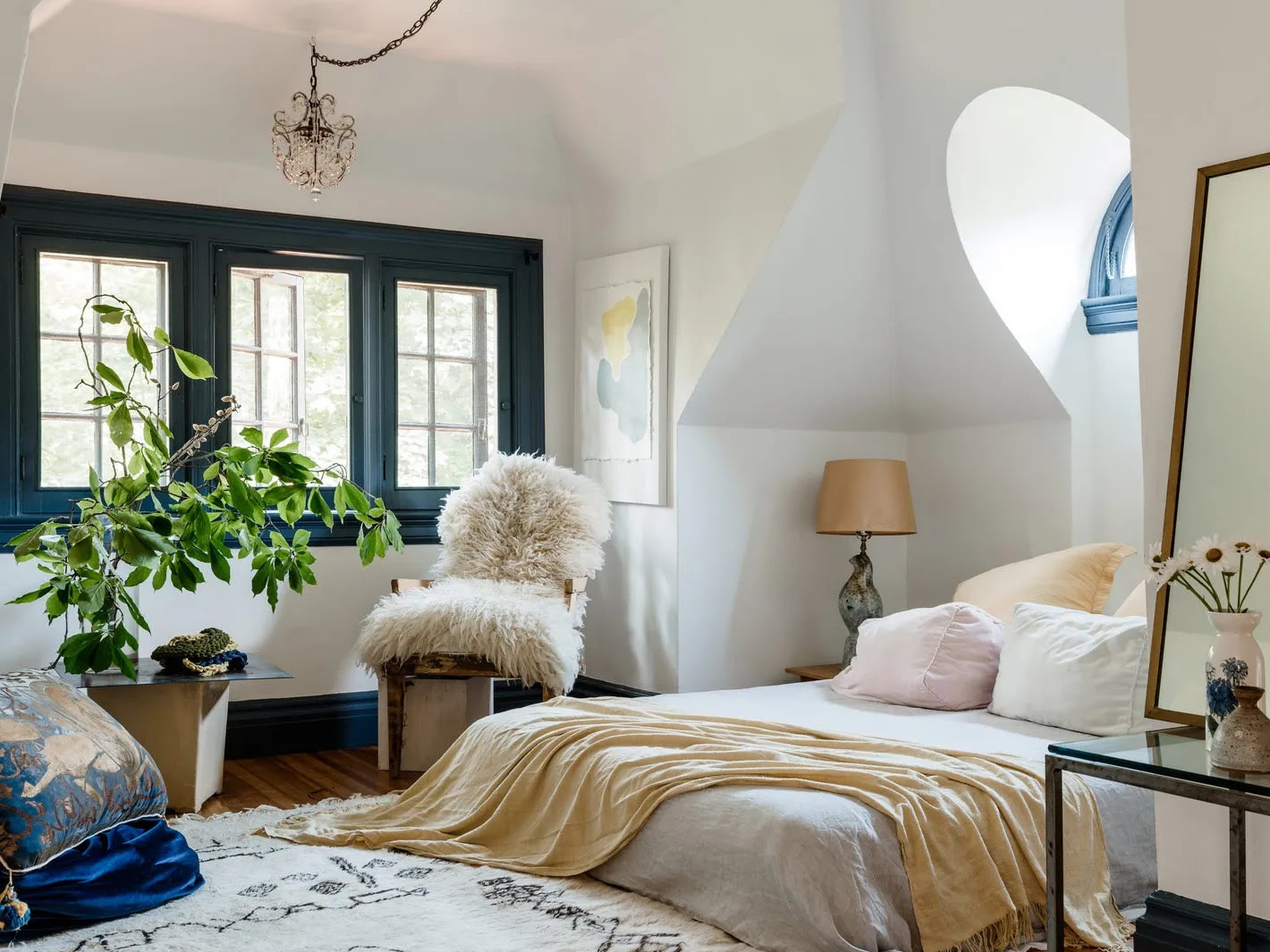
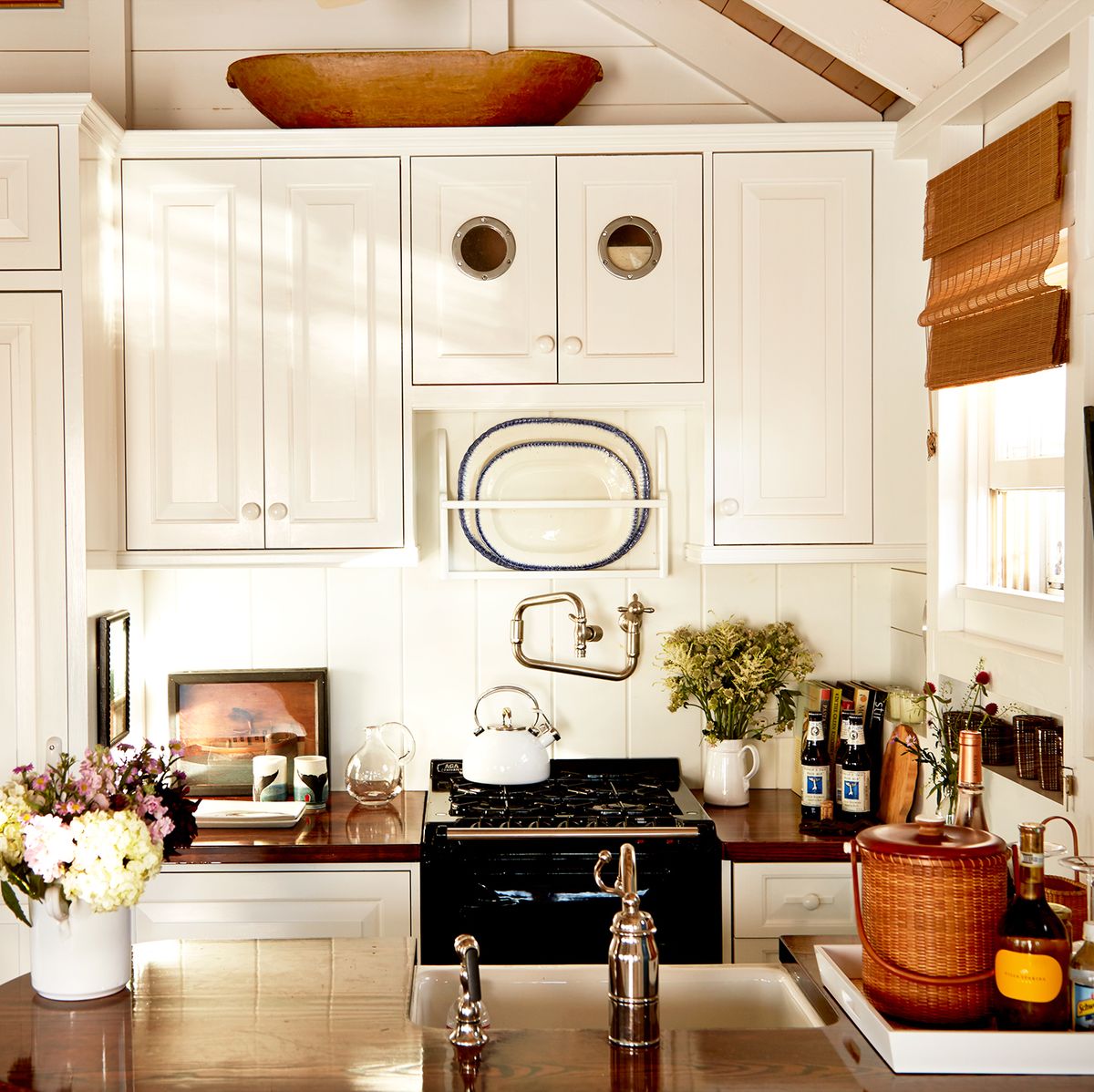
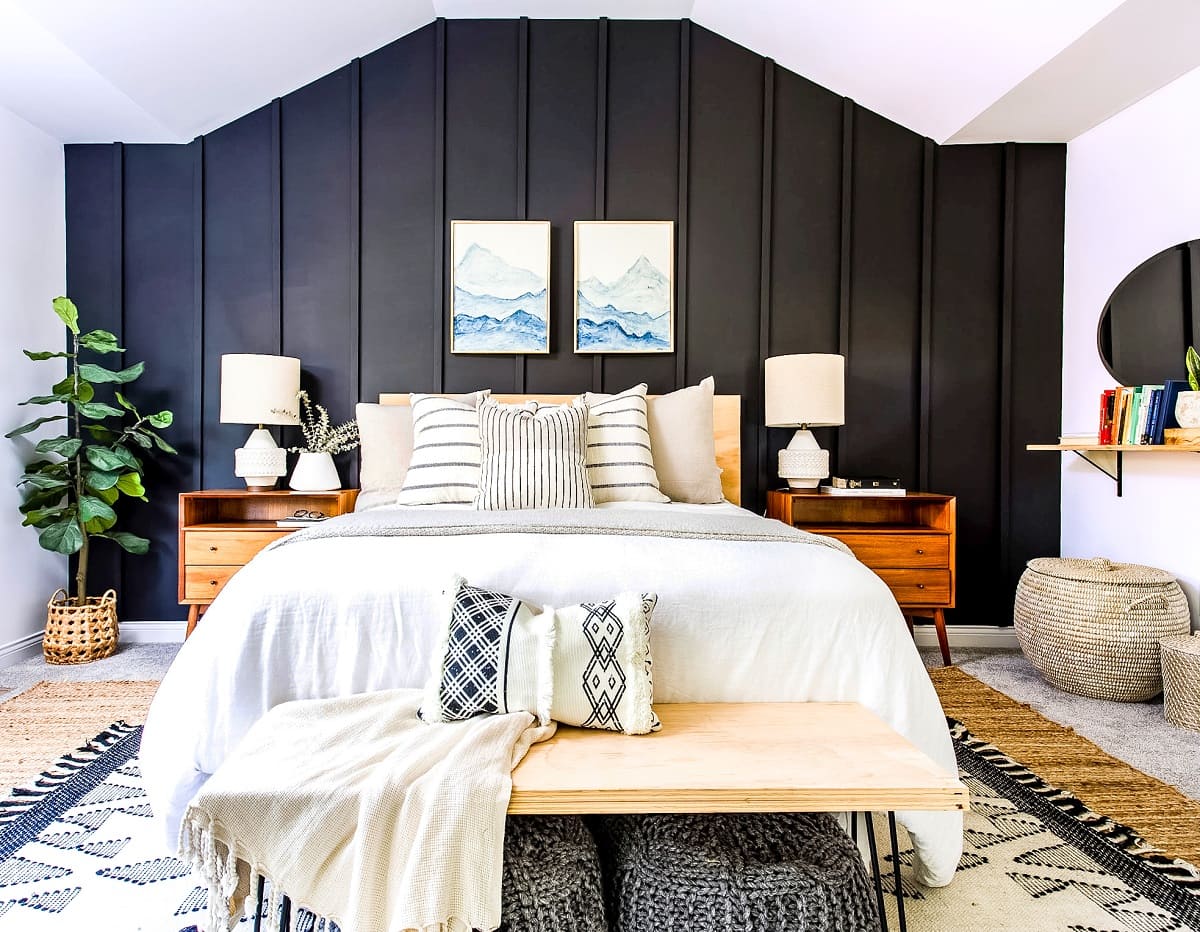
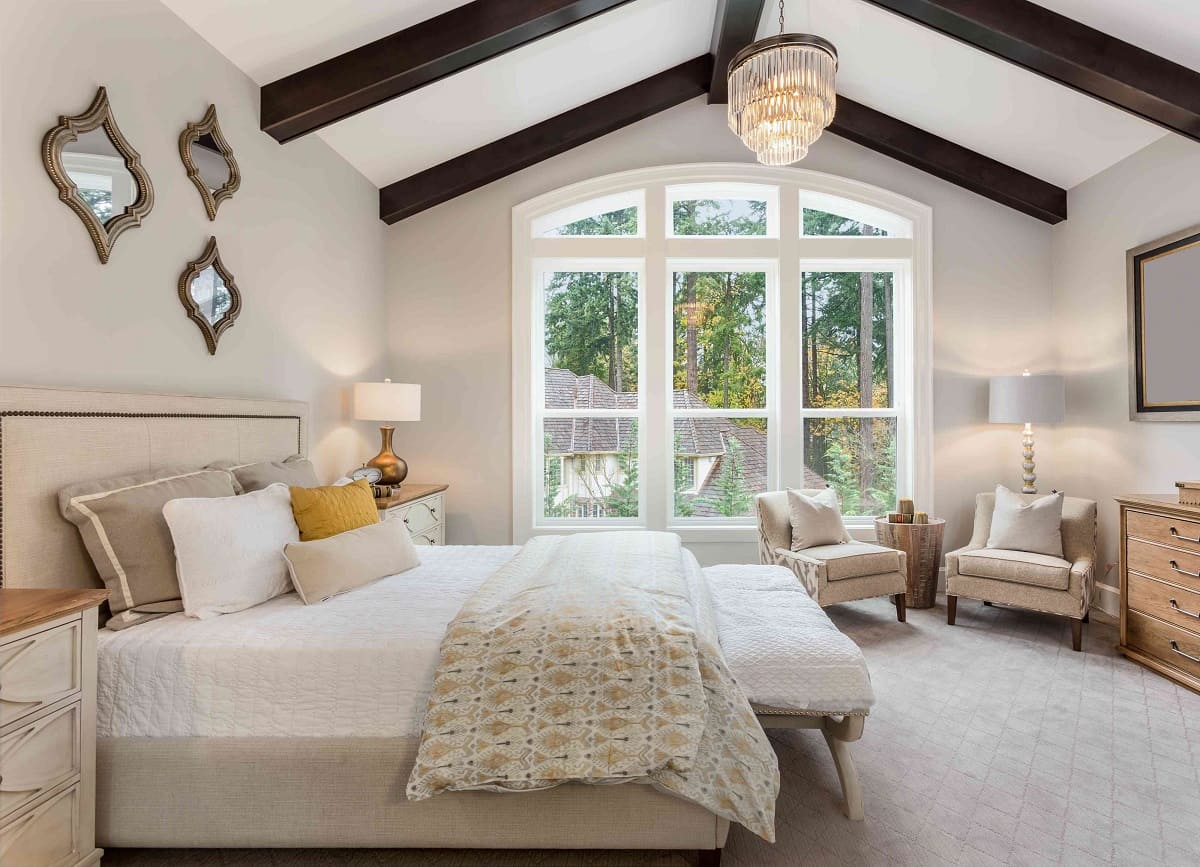
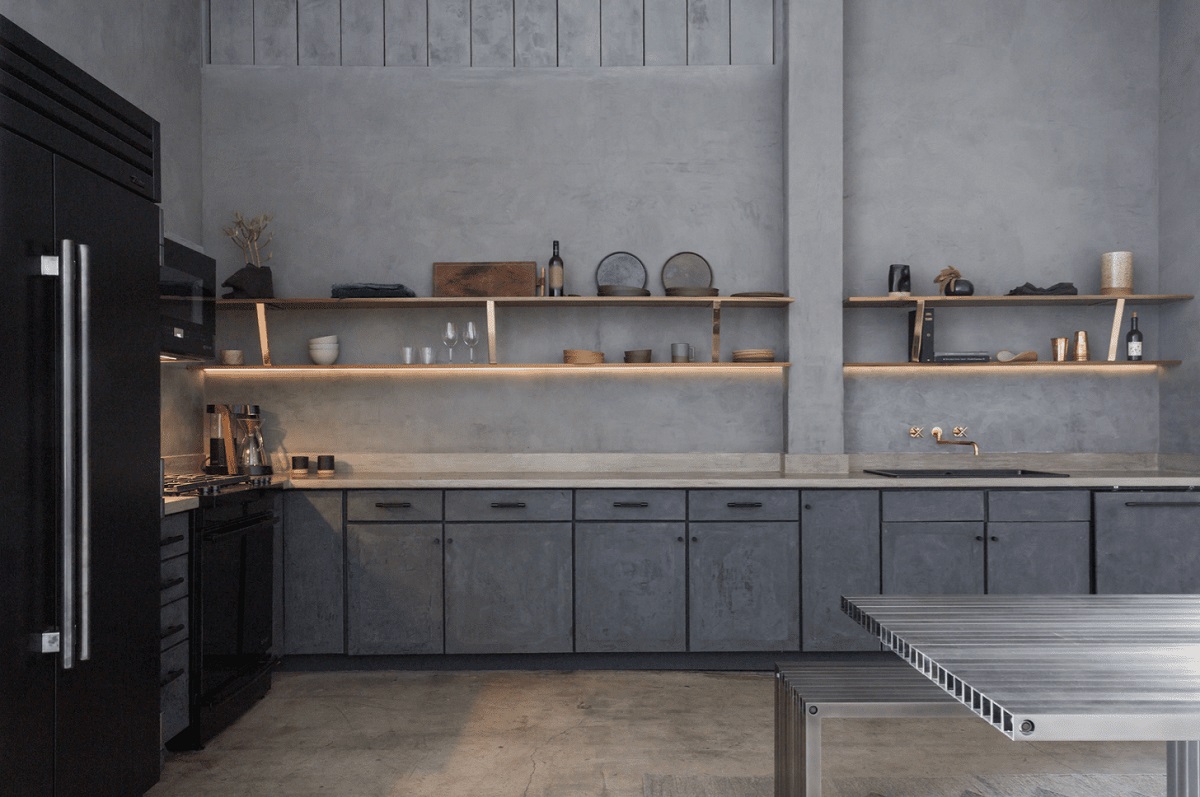
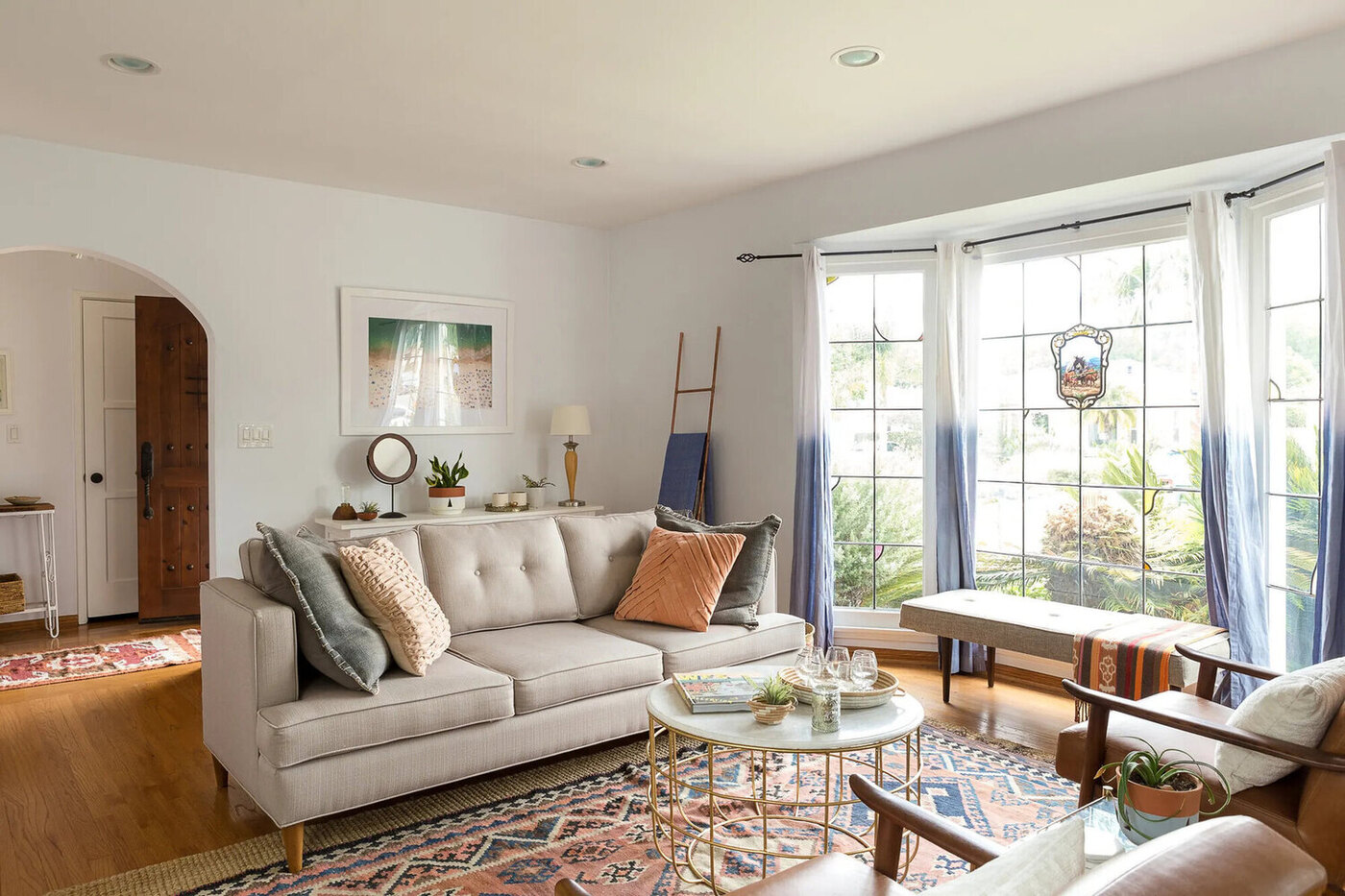

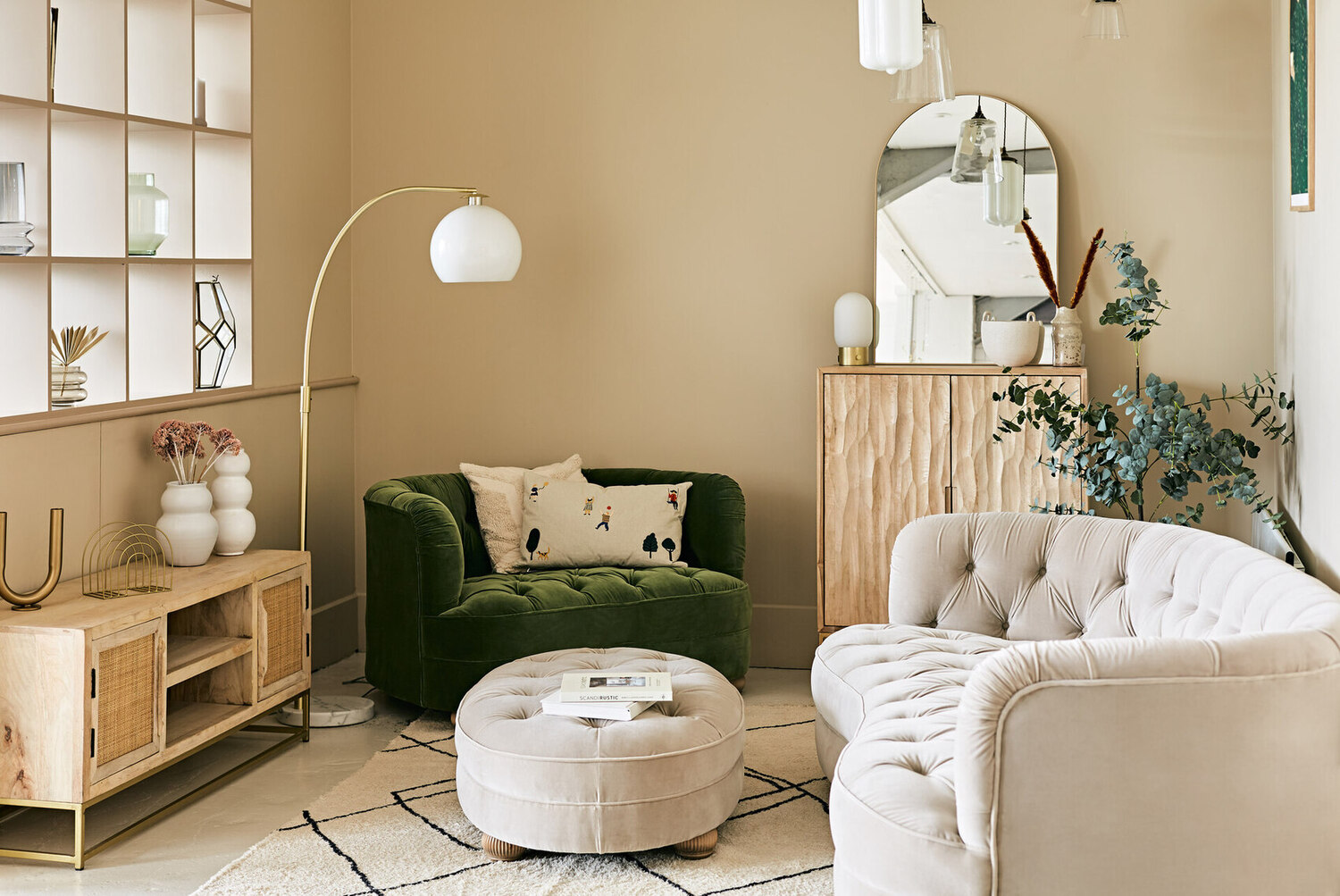

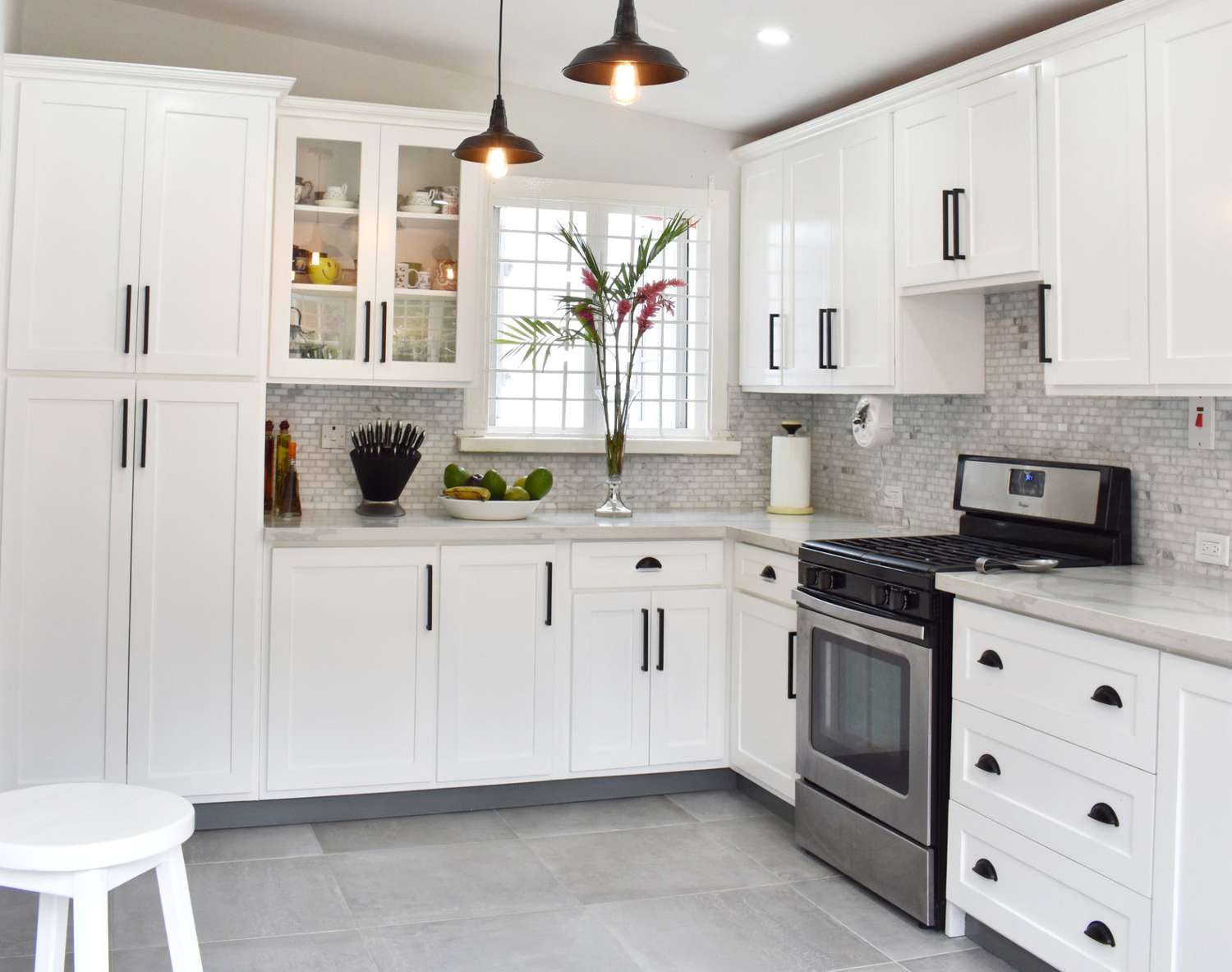
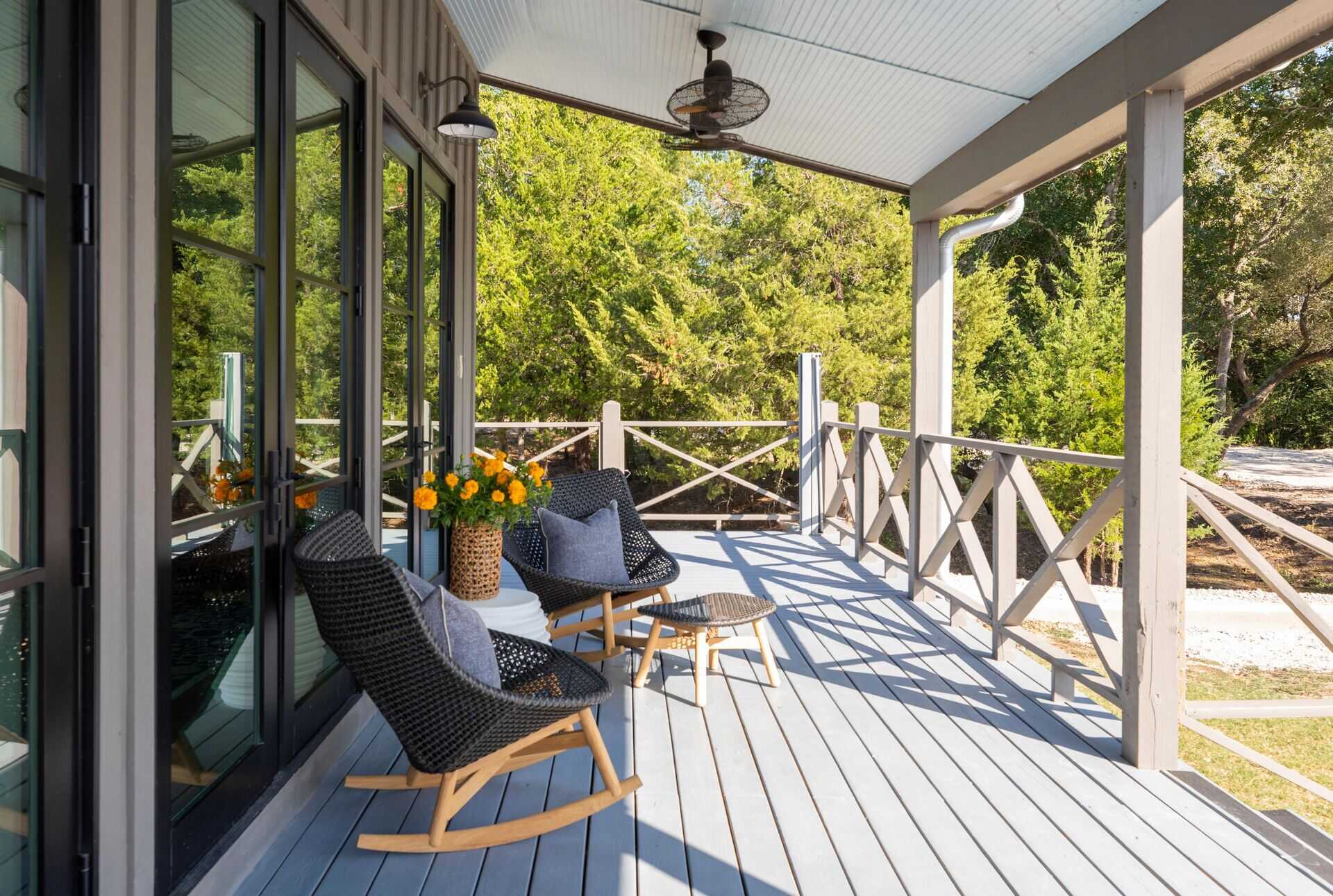

0 thoughts on “How I Encourage My Design Clients To Make Sustainable Choices”